Harnessing the sun: seven essential solar energy facts


· 14 min read
This article is part of our series to spread free & quality sustainability knowledge for all. Compare on Data Hub™ the sustainability performance of solar energy leaders: First Solar, Trina Solar, JA Solar, Enphase Energy, Iberdrola, NextEra Energy, SunPower, and SMA Solar Technology.
In recent years, there has been a growing interest in solar energy as people have become more aware of the environmental and economic benefits of this technology. This article dives into the realm of solar energy, shedding light on crucial information that everyone should know. From its incredible potential to its environmental benefits, this article uncovers key facts about solar energy that will enlighten and inspire. Whether you're a curious individual, a homeowner considering solar panels, or an advocate for renewable energy, these essential facts will deepen your understanding and appreciation of the power of the sun. Get ready to embark on a journey through the captivating world of solar energy as we explore its remarkable potential and the remarkable impact it can have on our planet.
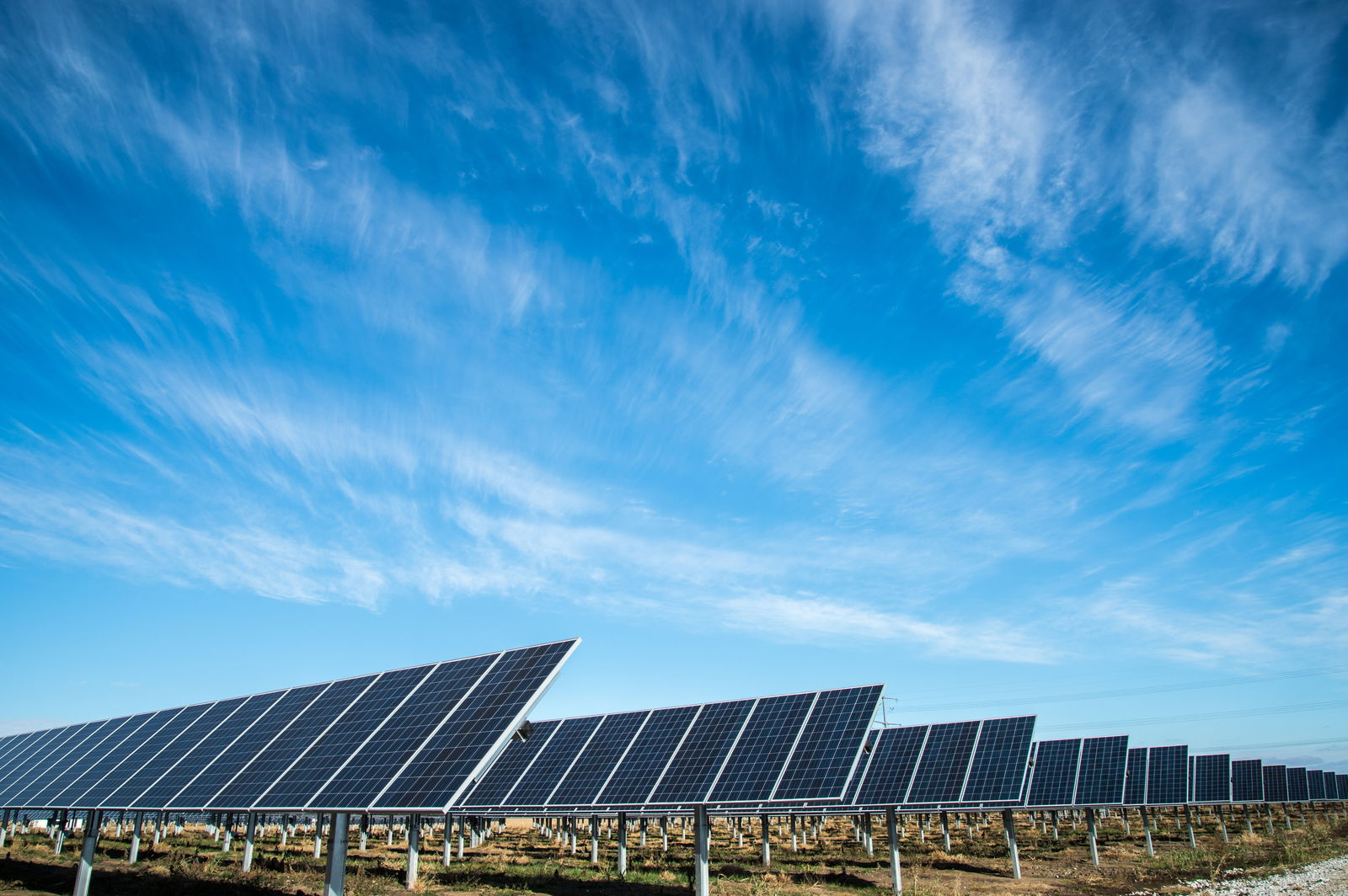
In the realm of renewable energy, few sources hold as much promise as solar power. The top seven solar energy facts encapsulate the most significant and intriguing aspects of this remarkable energy source. Here is our list of the top seven solar energy facts for you.
The fact that 173,000 terawatts of solar energy strike the Earth continuously is an awe-inspiring testament to the immense power of the sun. This statistic highlights the vast amount of energy that is constantly showered upon our planet from the sun's radiant rays. To put it into perspective, this amount is approximately 10,000 times more energy than the entire world consumes on a daily basis.
Every second, the sun releases an astonishing amount of energy, and despite the vastness of space, a significant portion reaches Earth. Understanding the magnitude of 173,000 terawatts of solar energy striking the Earth continuously serves as a powerful reminder of the boundless potential that solar power holds. It underscores the importance of further exploring and expanding our use of solar energy technologies to unlock a cleaner, more sustainable future. With advancements in solar technology and widespread adoption, we can tap into this extraordinary resource and pave the way for a brighter, more environmentally friendly energy landscape.
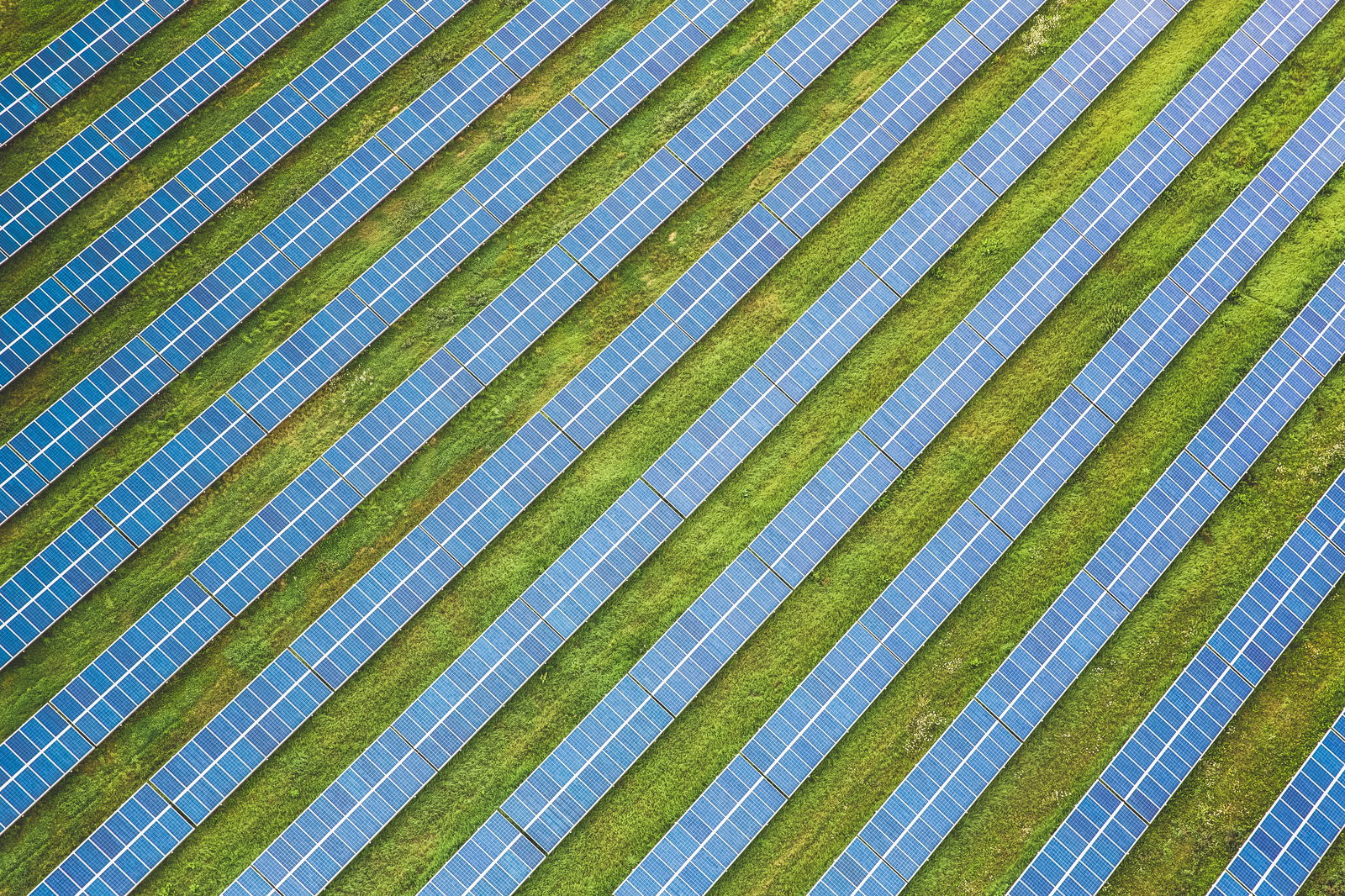
Solar power is considered a renewable energy source because it relies on the energy radiated by the sun, which is continuously and indefinitely replenished. The sun produces energy by nuclear fusion, which is the process of combining two or more atoms to form a new atom. This process releases a large amount of energy, which is then converted into light and heat. This energy is then harnessed using various technologies, such as solar panels or solar thermal collectors, to generate electricity or heat.
Unlike finite resources like fossil fuels, solar energy is virtually limitless. As long as the sun continues to shine, it will provide us with a constant stream of energy. The sun's energy is abundant and freely available, making it a sustainable and long-term solution for meeting our energy needs. Renewable energy sources like solar power do not deplete over time. When sunlight is converted into electricity or heat, no physical resource is consumed or exhausted in the process. This means that solar energy can be used repeatedly without compromising its availability for future generations.
Moreover, solar power production does not produce harmful carbon emissions, greenhouse gases, and other pollutants, unlike non-renewable energy sources such as coal or natural gas. This characteristic of solar energy further contributes to its sustainability and makes it an environmentally friendly choice. According to the EIA, using solar energy can have a positive, indirect effect on the environment when it replaces or reduces the use of other energy sources that have larger environmental effects.
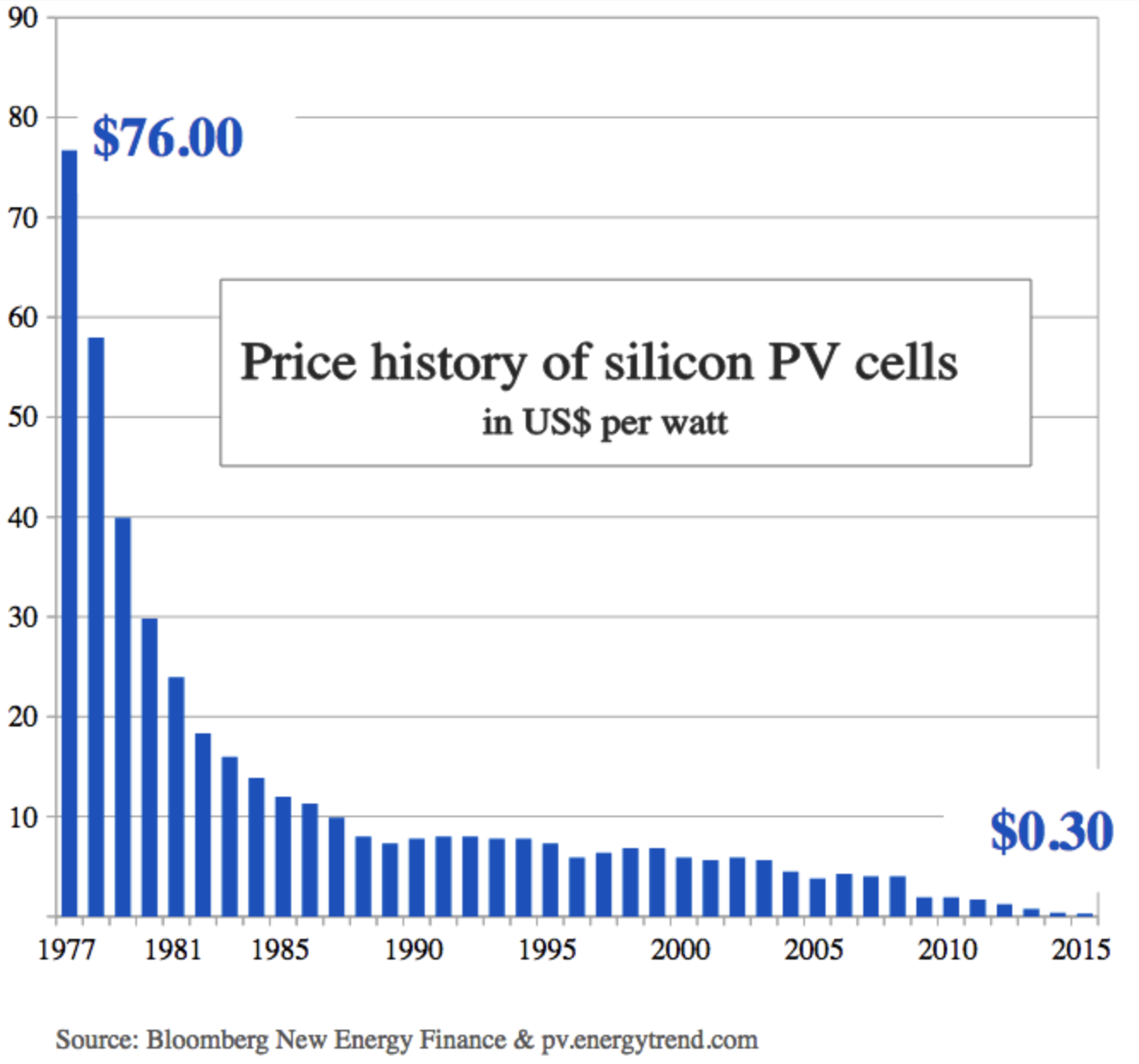
Falling prices in the solar industry have aided its growth by making solar energy more affordable, attractive, and financially viable for consumers, businesses, and utilities. This has led to increased demand, economies of scale, technological advancements, and greater investment, creating a positive feedback loop that continues to drive down prices and accelerate the adoption of solar power. According to the Solar Energy Industries Association, the cost of installing solar has dropped by more than 50% over the last ten years, leading the industry to expand into new markets and deploy thousands of systems across the United States.
Solar energy is more cost-effective than fossil fuels due to several key factors. Firstly, solar power plants can be built at a large scale, benefiting from economies of scale and reducing the cost per unit of electricity generated. Additionally, the cost of installing solar panels has significantly decreased in recent years, making them more accessible and affordable for residential, commercial, and industrial applications.
According to Lazard's Levelized Cost Of Energy Analysis--Version 11.0, solar energy costs as low as 4.3 cents per kWh on an unsubsidized basis. Natural gas, the cheapest fossil fuel, costs between 4.2 and 7.8 cents per kWh.
Unlike fossil fuels, which require ongoing fuel purchases and are subject to price volatility, solar energy relies on the abundant and free resource of sunlight. Once solar panels are installed, the operational costs are relatively low, as sunlight is converted into electricity without the need for continuous fuel supply or associated costs.
Furthermore, solar energy systems have minimal maintenance requirements and long lifespans, typically ranging from 25 to 30 years. This longevity reduces the need for frequent replacements and additional expenses, contributing to the overall cost-effectiveness of solar energy.
There are many concentrated solar power plants in the world, but the biggest is in Morocco. The Noor Complex, located in Ouarzazate, Morocco, takes the title. Noor is the Arabic word for light. The complex consists of several phases, with Noor Ouarzazate Solar Power Station being the largest component. It covers an area of approximately 3,000 hectares (7,400 acres) and has a total installed capacity of around 580 megawatts (MW).
The Noor Complex utilizes concentrated solar power (CSP) technology, which focuses sunlight to generate heat and produce electricity. It is a significant milestone in Morocco's renewable energy ambitions and plays a crucial role in reducing the country's dependence on fossil fuels while contributing to its clean energy goals.
In December 2016, the city of Las Vegas switched to renewable energy entirely. With this development, Las Vegas became one of the largest cities in the United States to be powered entirely by renewable energy. The city’s power flows from a blend of solar panels and hydroelectric turbines, including the Hoover Dam. Las Vegas was able to achieve this after the Boulder Solar 1, came online on December 12, 2016. The city’s choice of clean energy has helped them save $5 million a year in energy costs. This further solidifies the point that solar technologies are more cost effective than traditional fossil fuels.
The fact that solar energy adds to the value of your home is another reason to install solar panels. Installing solar panels in your home not only helps you reduce your carbon footprint and save on energy costs but also has the potential to increase the value of your property. This fact underscores the numerous benefits that solar panels offer beyond their environmental advantages. According to Zillow, homes with solar panels sell for 4.1% more. Also, according to the National Renewable Energy Laboratory, the value of your home increases by $20 for every dollar that a solar panel saves you on your electrical bills.
One of the key reasons why solar panels add value to your home is the potential for long-term energy savings. By generating clean and renewable electricity, solar panels can significantly reduce your reliance on grid-supplied power. This translates into lower monthly utility bills, providing an attractive financial benefit for potential homebuyers.
Moreover, as energy costs continue to rise over time, the value of having a solar energy system becomes even more appealing. Homebuyers are increasingly drawn to properties with existing solar installations as it offers them the opportunity to save on energy expenses from day one. This added financial advantage can make your home stand out in a competitive real estate market and potentially command a higher sale price.
Furthermore, solar installations are seen as a desirable and forward-thinking feature in today's environmentally conscious society. Many homebuyers actively seek out properties with renewable energy systems already in place, viewing them as a sustainable investment and a reflection of their own values. The perceived environmental benefits of solar panels can boost the desirability and marketability of your home.
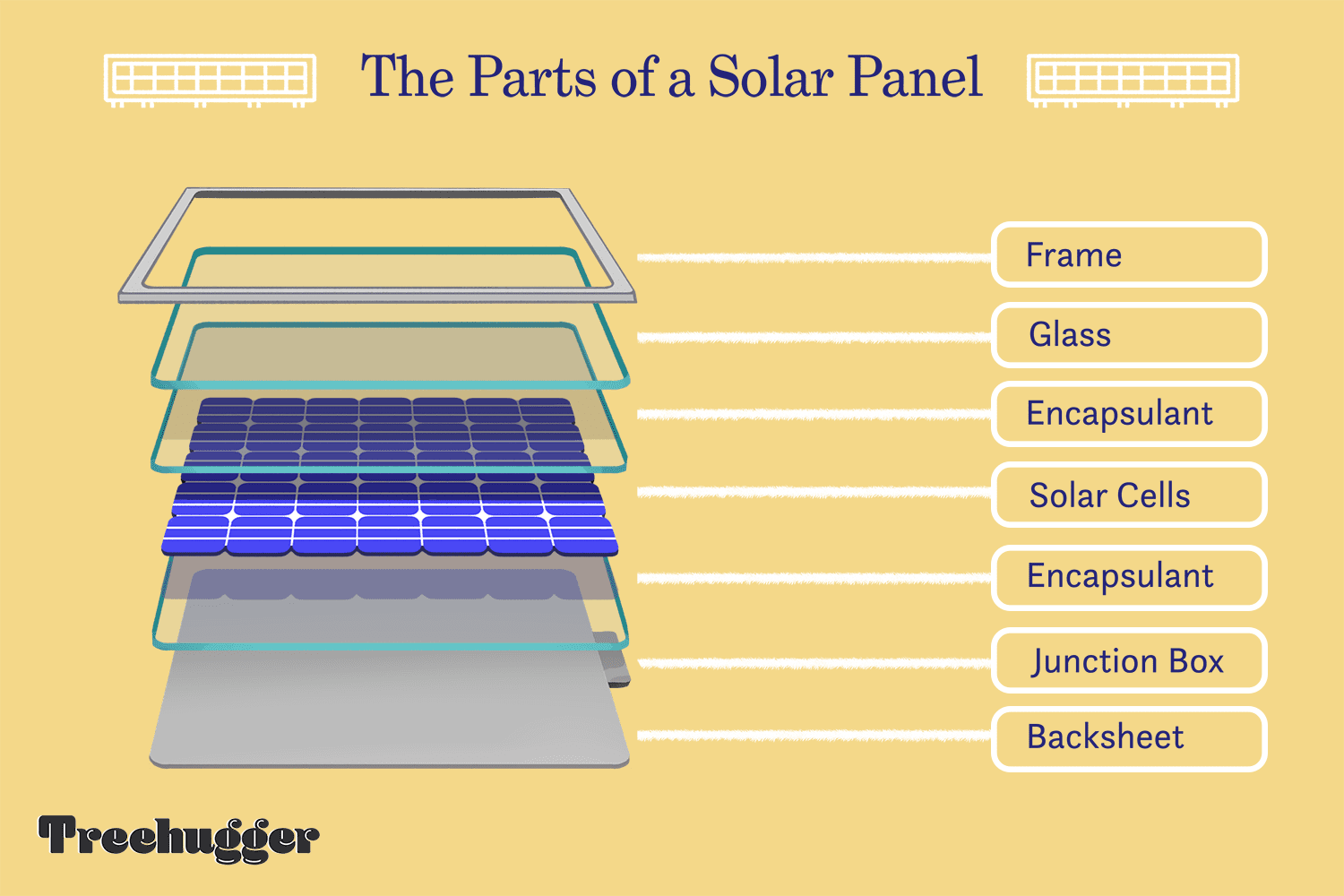
Solar panels are primarily made of solar cells, also known as photovoltaic cells. These cells are typically made from semiconductor materials, such as silicon, which have unique properties that allow them to convert sunlight into electricity. The silicon used in solar cells is often purified and processed to enhance its ability to capture and convert solar energy efficiently. The solar cells are then interconnected and encapsulated within a protective material, such as glass, to form a solar panel. Additional components, such as a frame, wiring, and a junction box, are included to ensure the proper functioning and durability of the solar panel system.
Solar energy can be stored through the use of energy storage systems, such as batteries. When an average solar panel system generates more electricity than is immediately consumed, the excess energy can be stored in batteries for later use. This allows homeowners or businesses to utilize the stored solar energy during periods when sunlight is limited or when electricity demand exceeds solar generation. By storing solar energy, it becomes possible to have a continuous and reliable power supply even when the sun is not shining.
Solar energy was not invented by one person. The principle behind solar energy, the photovoltaic effect, was discovered by Edmond Becquerel in 1839. However, it was not until the early 20th century that solar cells were developed that could convert sunlight into electricity in a practical way. The first commercial solar cells were developed in the 1950s, and the solar energy industry has grown rapidly in recent years.
Solar energy has been used by humans for thousands of years, with the earliest recorded use dating back to the 7th century B.C. However, the widespread adoption and development of modern solar energy technologies began in the mid-20th century.
illuminem's Data Hub™ tracks companies like First Solar, Trina Solar, JA Solar, Enphase Energy, Iberdrola, NextEra Energy, SunPower, and SMA Solar Technology, which are at the forefront of solar energy production and innovation. These companies are advancing solar technology, increasing efficiency, and driving the transition to a sustainable, low-carbon future.
China is the country that uses the most solar energy. It has the largest installed solar capacity in the world, at 392 GW in 2023.
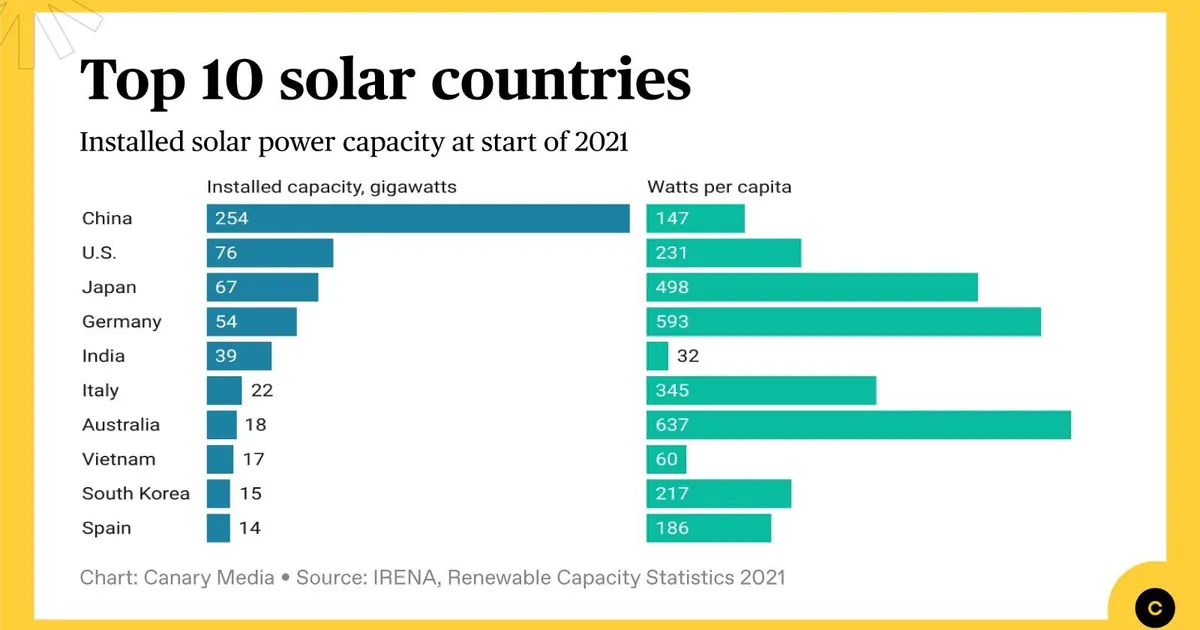
Solar energy has emerged as a powerful force in the world of electricity generation. Solar energy produces clean energy with minimal pollution or threat to the environment. As more countries and individuals embrace solar power, the benefits become increasingly evident. Solar energy users save on their energy bills, reduce their carbon footprint, and contribute to a cleaner and more sustainable future. The continuous growth of solar capacity worldwide is a testament to the economic viability and environmental advantages of this renewable energy source. By harnessing the sun's power, we can pave the way for a brighter and greener tomorrow.
illuminem's Data Hub™ tracking sustainability performance data of solar energy leaders: First Solar, Trina Solar, JA Solar, Enphase Energy, Iberdrola, NextEra Energy, SunPower, and SMA Solar Technology.
City of Lights goes entirely green. (n.d.). https://www.enbridge.com/energy-matters/news-and-views/las-vegas-100-percent-renewable-energy
Concentrating Solar-Thermal Power Basics. (n.d.). Energy.gov. https://www.energy.gov/eere/solar/concentrating-solar-thermal-power-basics
Coren, M. J. (2016, December 19). Las Vegas’s city government is now powered by 100% renewable energy, and more cities will follow. Quartz. https://qz.com/867024/las-vegas-100-percent-renewable-energy
Energy On a Sphere - Science On a Sphere. (2015, August 10). Science on a Sphere. https://sos.noaa.gov/catalog/live-programs/energy-on-a-sphere/
Hoium, T. (2017, November 22). Renewable Energy Is Now Unstoppable. The Motley Fool. https://www.fool.com/investing/2017/11/19/renewable-energy-is-now-cheaper-than-fossil-fuels.aspx
Mikhitarian, S. (2019, April 24). Homes With Solar Panels Sell for 4.1% More - Zillow Research. Zillow. https://www.zillow.com/research/solar-panels-house-sell-more-23798/
Planning for PV : The Value and Cost of Solar Electricity. (n.d.). https://www.nrel.gov/docs/fy08osti/42733.pdf
Sharma, N. (2023). The Top 5 Solar Countries in the World (2023). India’s Largest Solar Distributors | Canadian Solar India Official | Fronius India Official | SolarEdge India Official. https://ornatesolar.com/blog/the-top-5-solar-countries-in-the-world
Shields, N., & Masters, J. (2019, July 16). Morocco in the fast lane with world’s largest concentrated solar farm. CNN. https://edition.cnn.com/2019/02/06/motorsport/morocco-solar-farm-formula-e-spt-intl/index.html
Solar Energy. (n.d.). https://education.nationalgeographic.org/resource/solar-energy/
Solar energy and the environment - U.S. Energy Information Administration (EIA). (n.d.). https://www.eia.gov/energyexplained/solar/solar-energy-and-the-environment.php
Solar Industry Research Data | SEIA. (n.d.). SEIA. https://www.seia.org/solar-industry-research-data
illuminem briefings

Solar · Renewables
illuminem briefings

Solar · Renewables
Rahul Rajeevkumar Urs

Solar · Renewables
World Economic Forum

Renewables · Energy
Euronews

Solar · Renewables
CGTN

Renewables · Nature